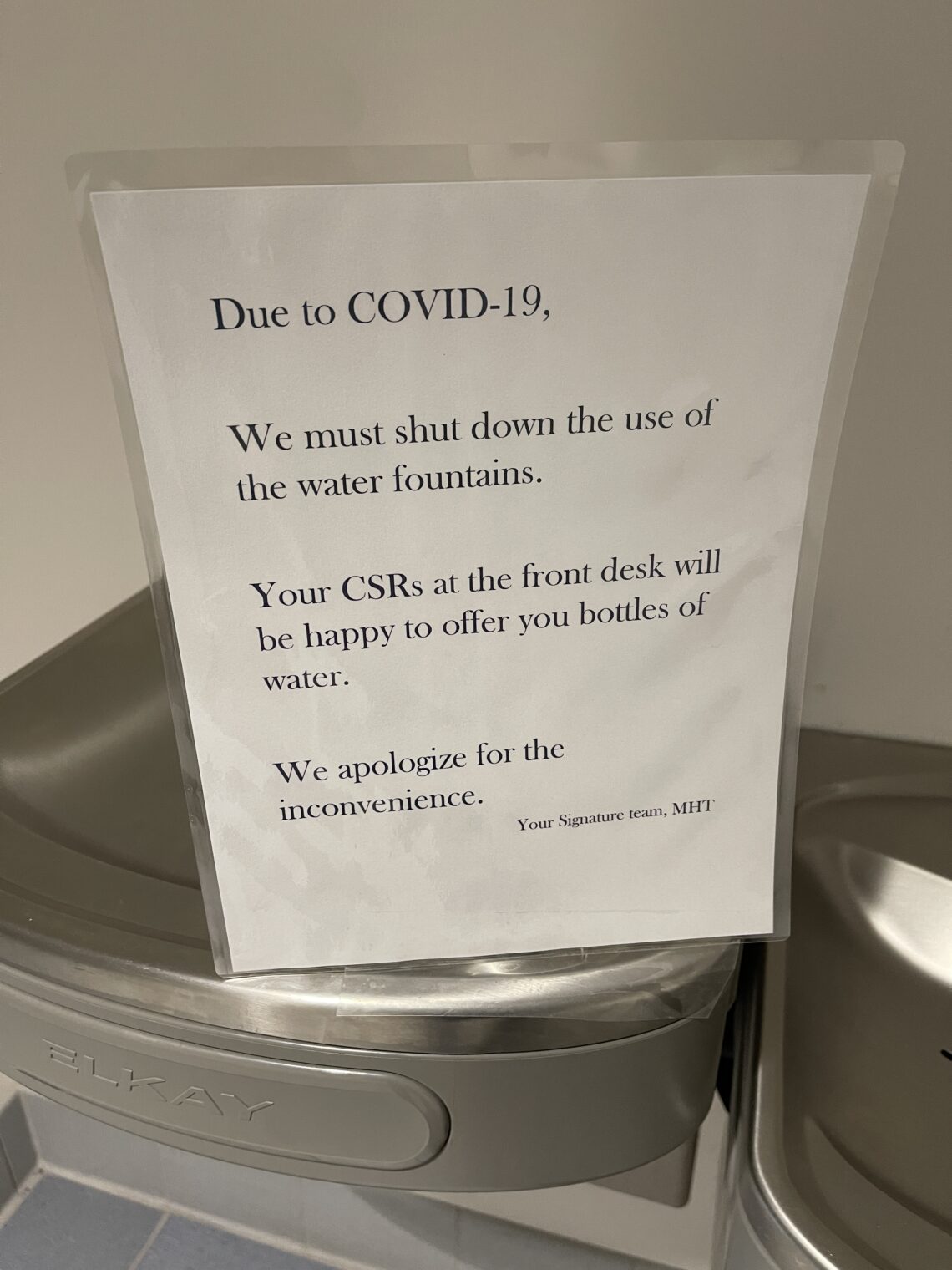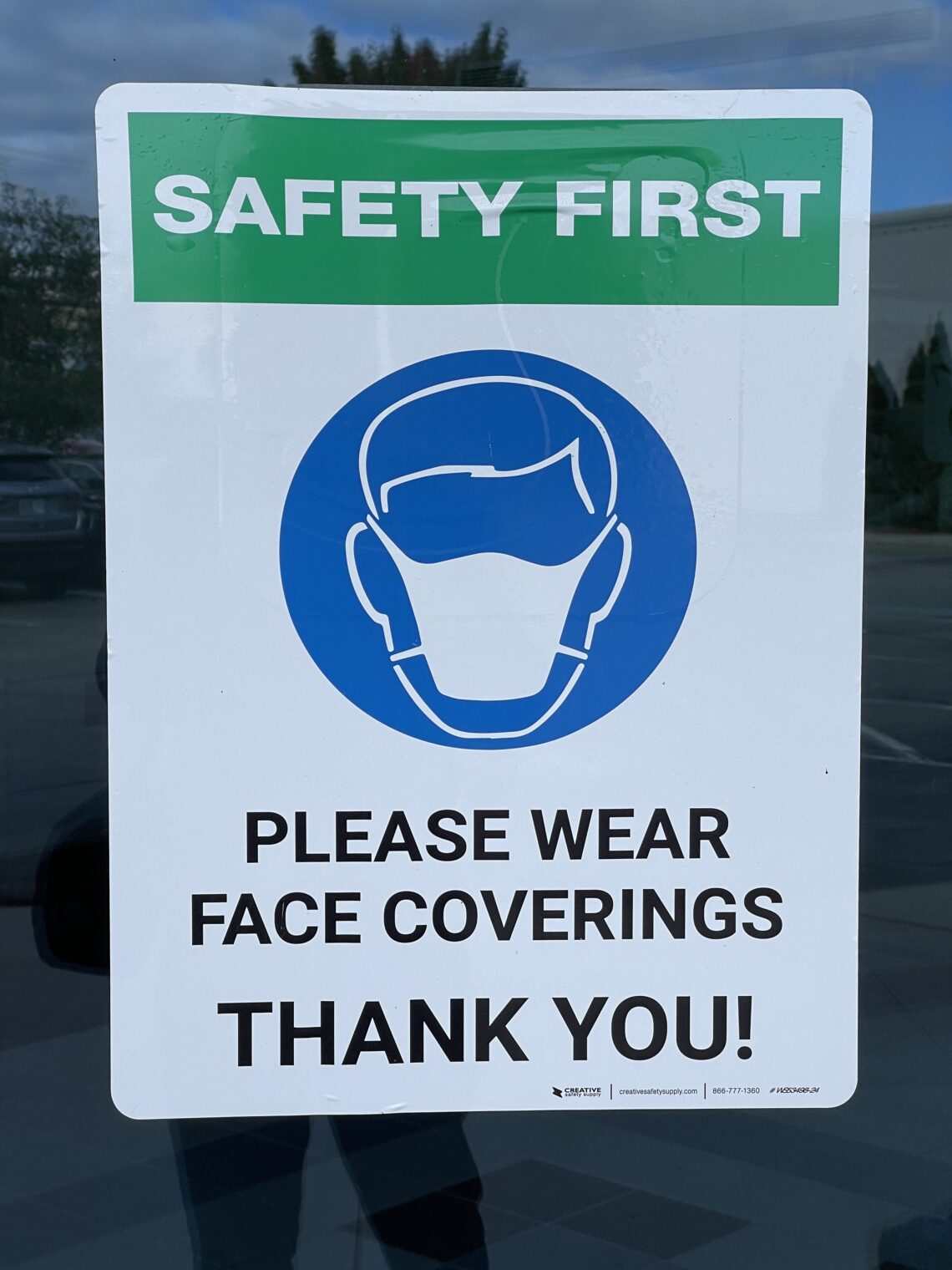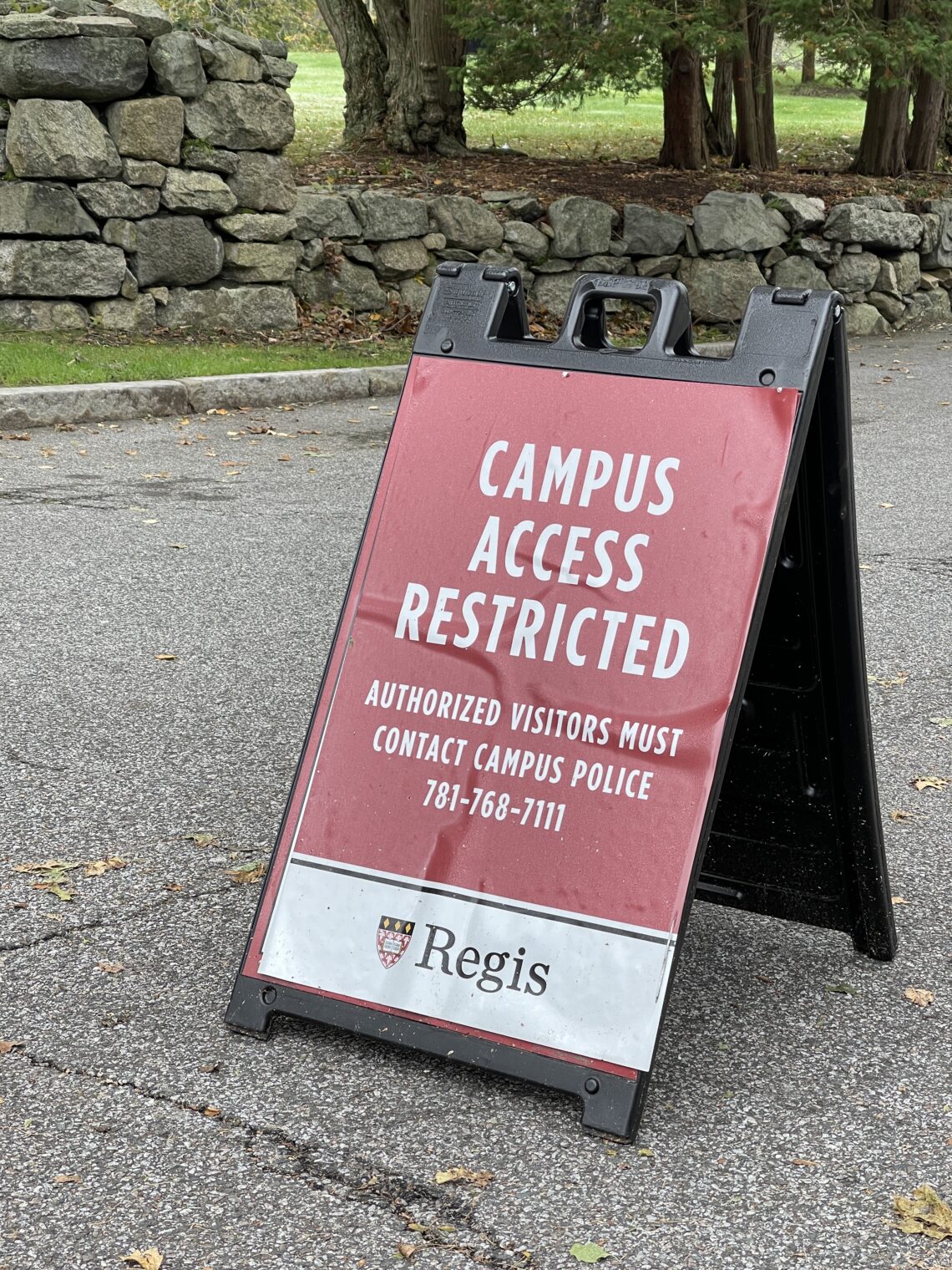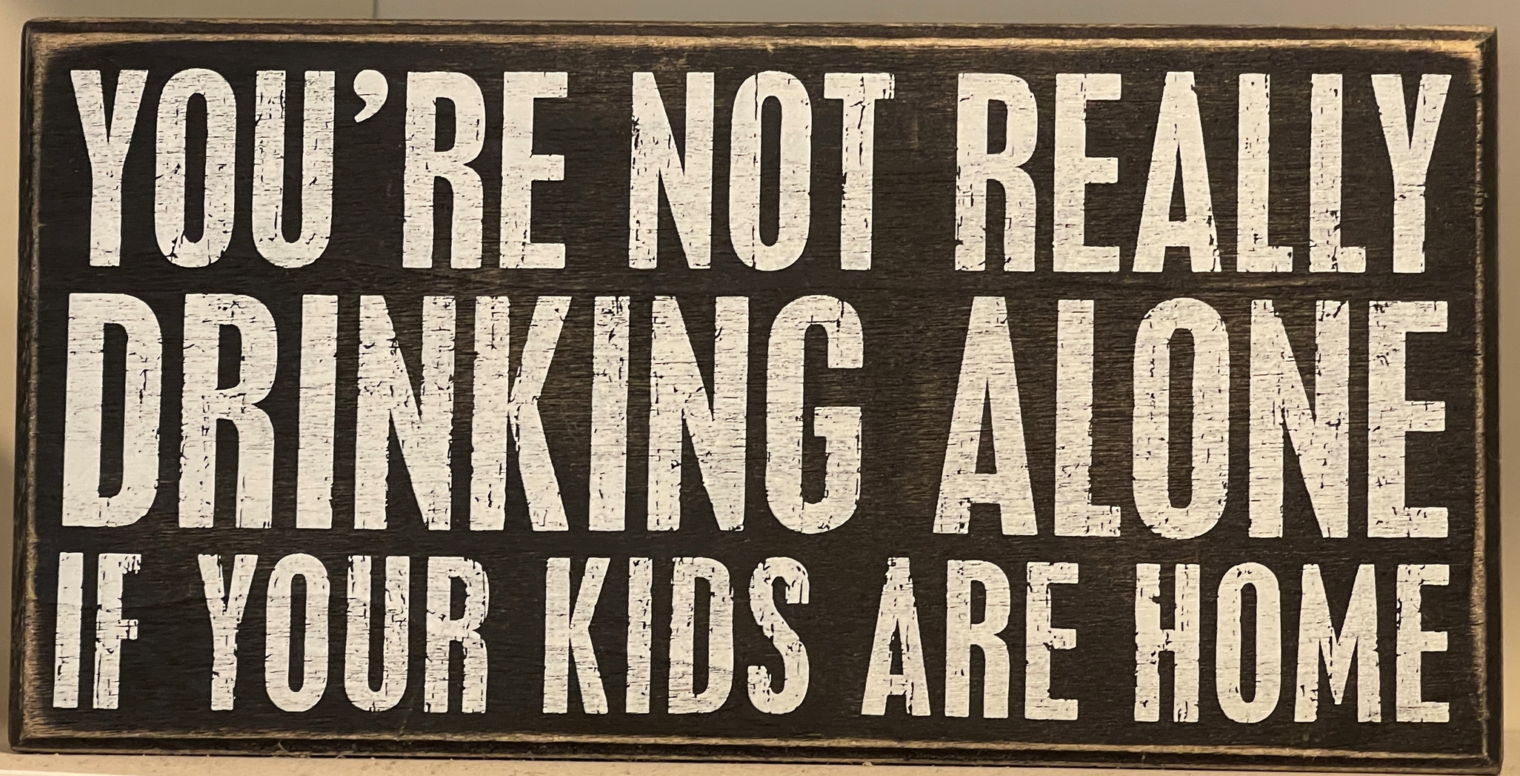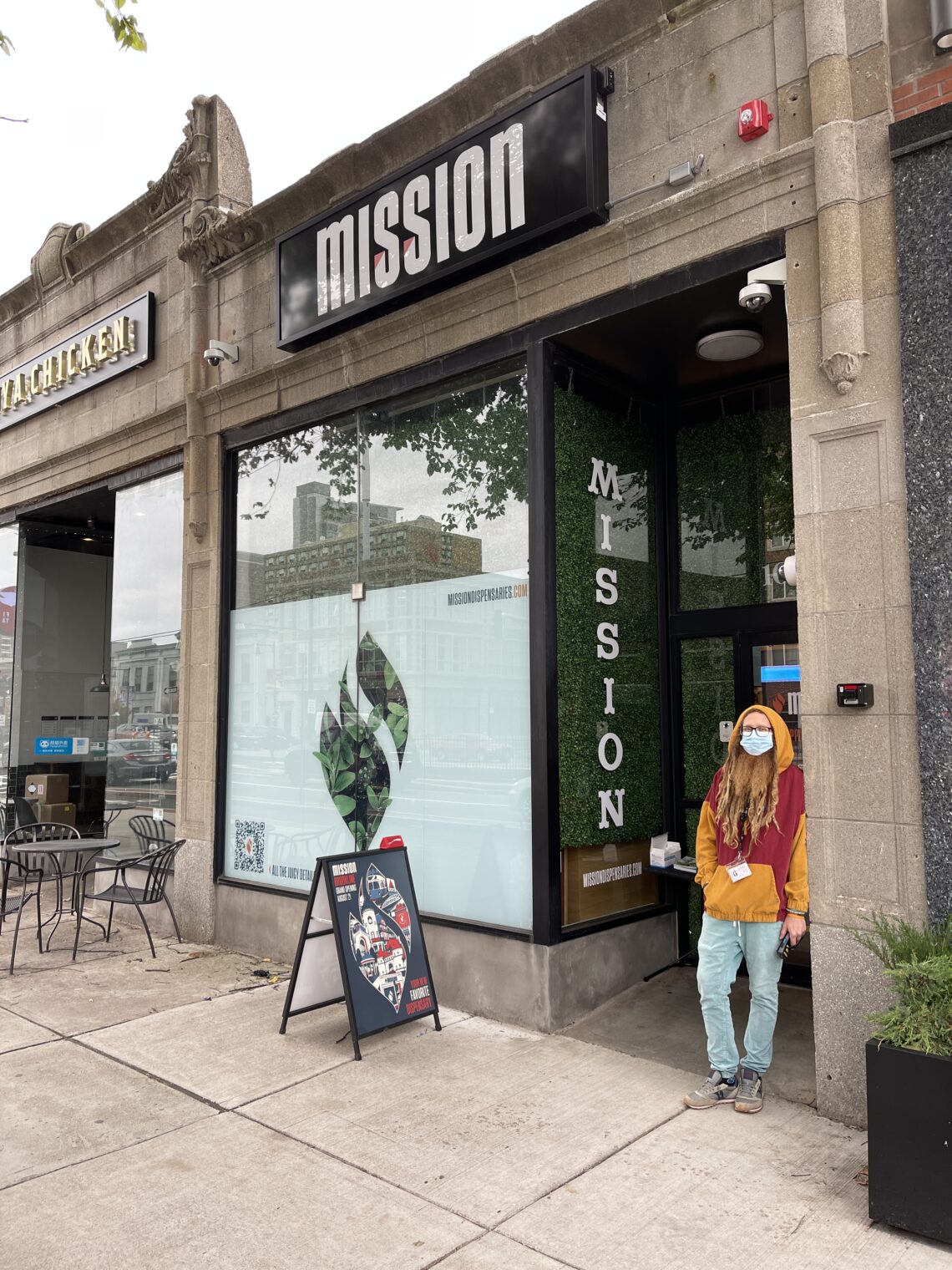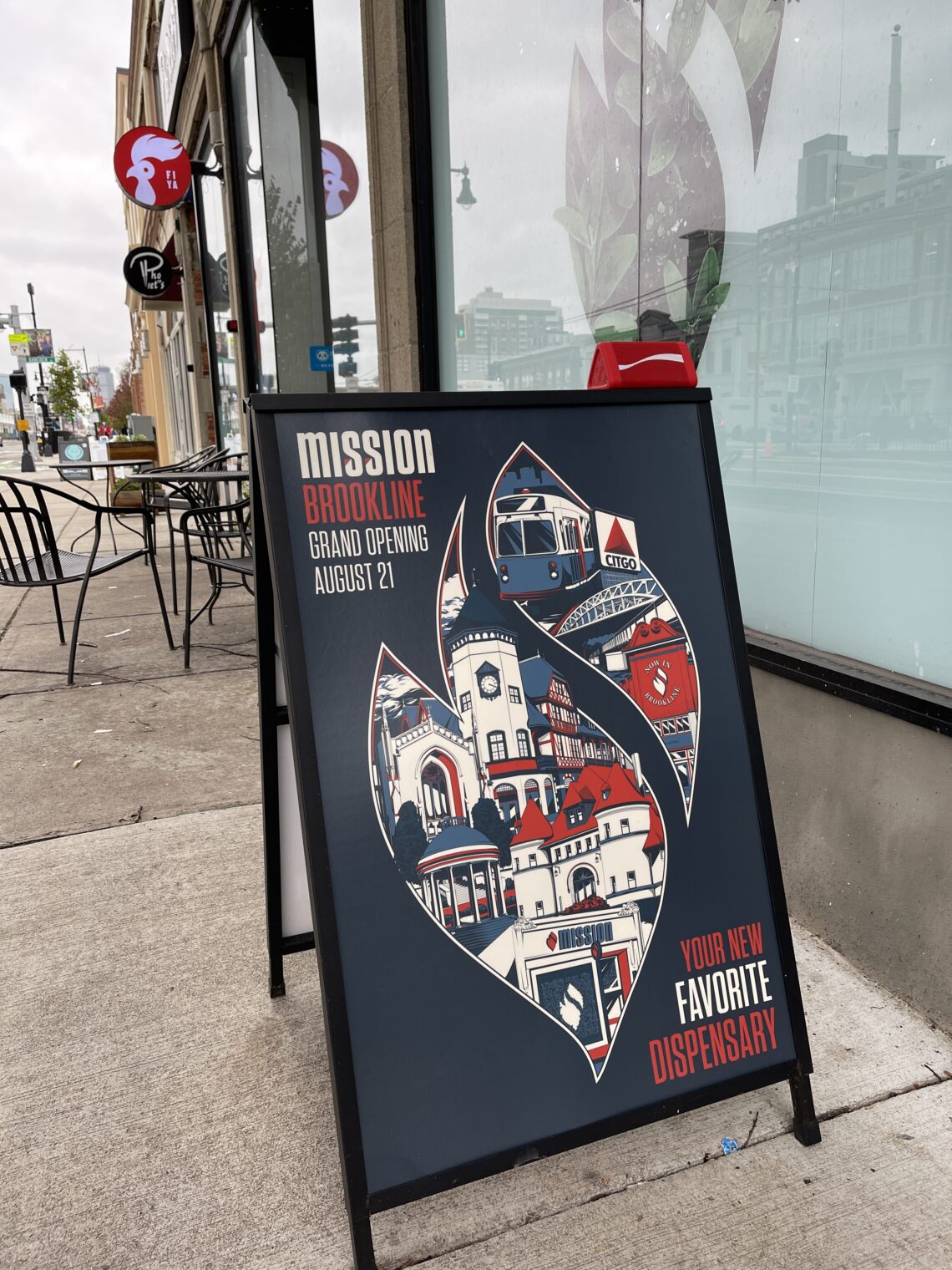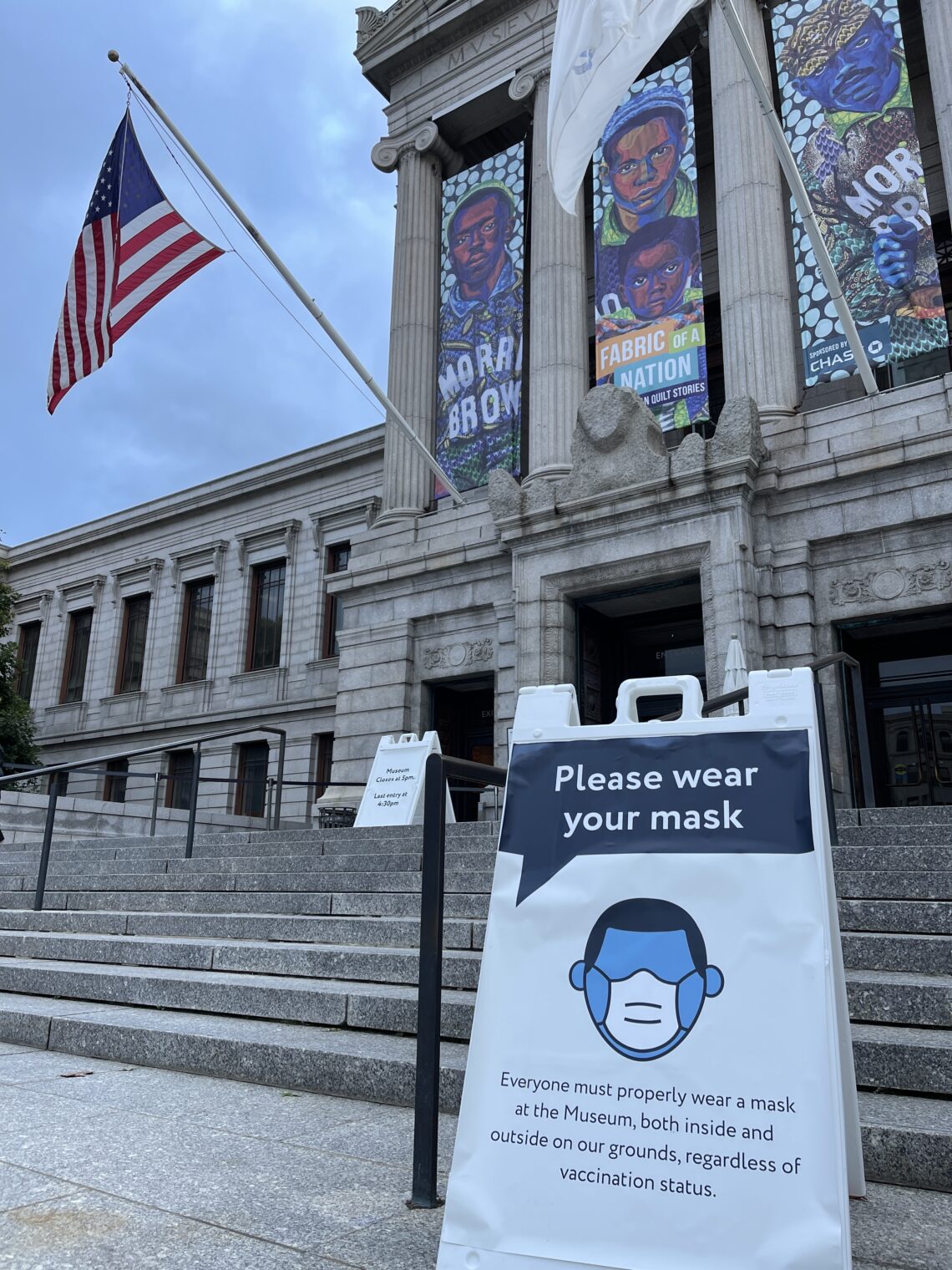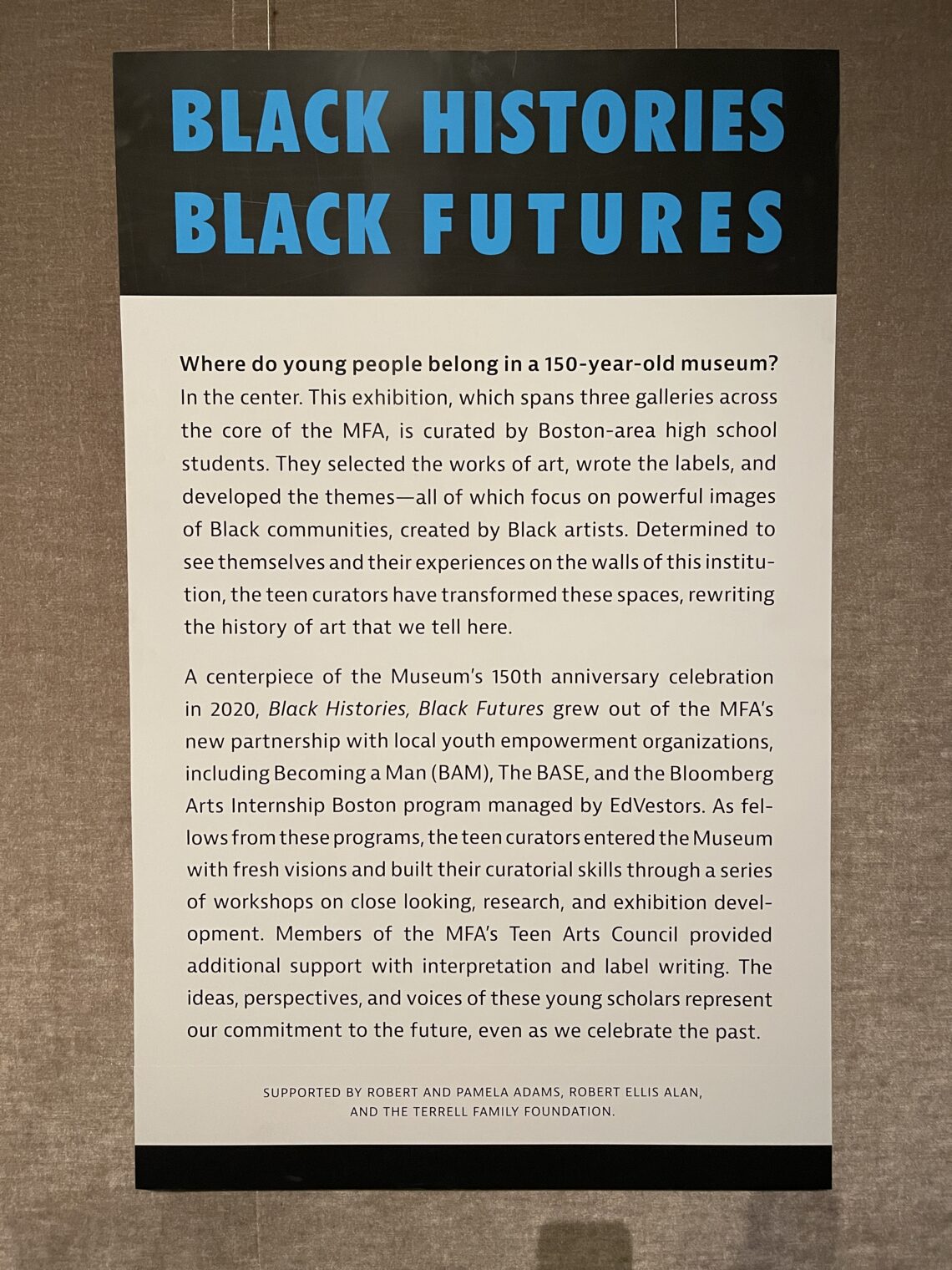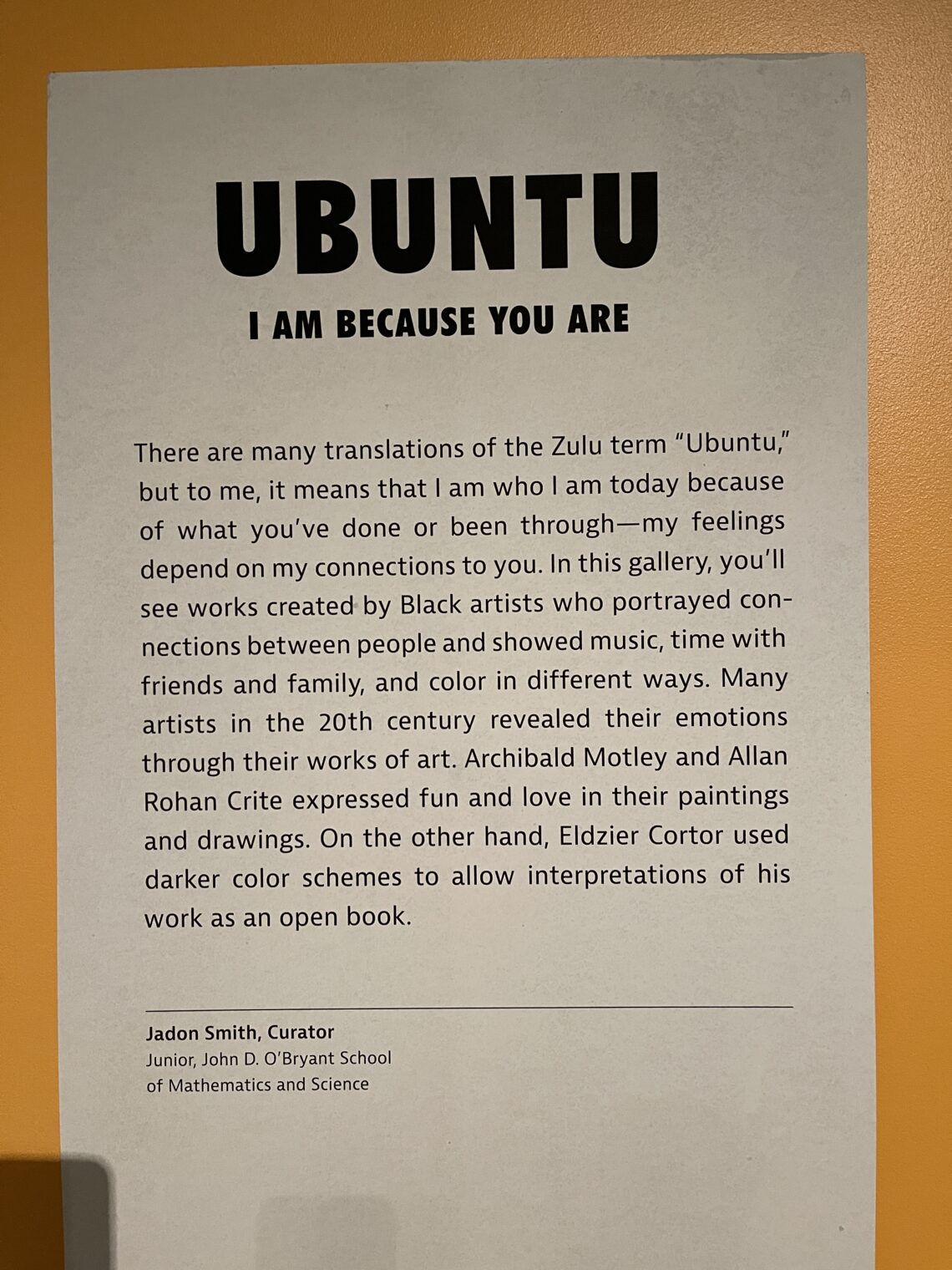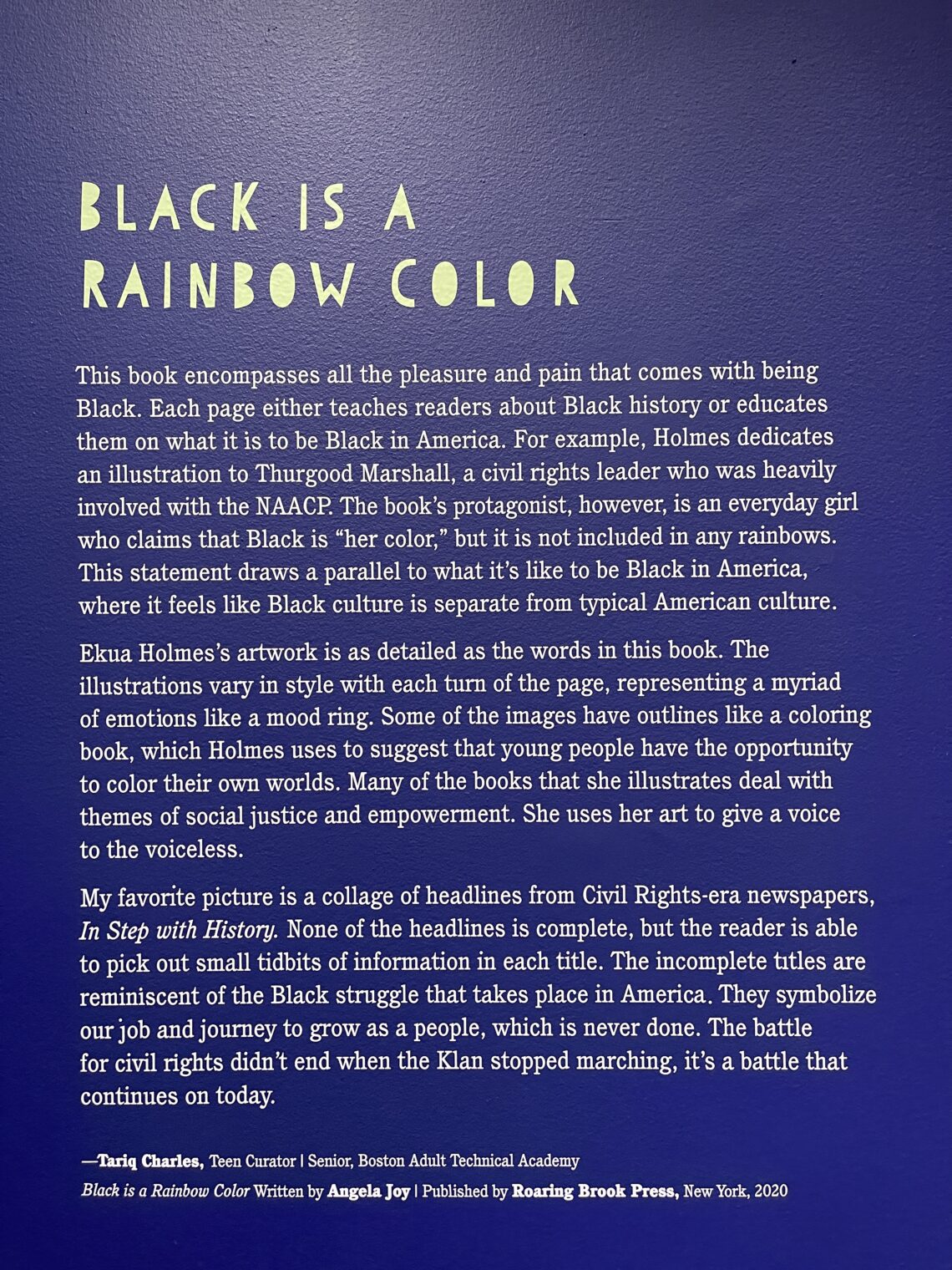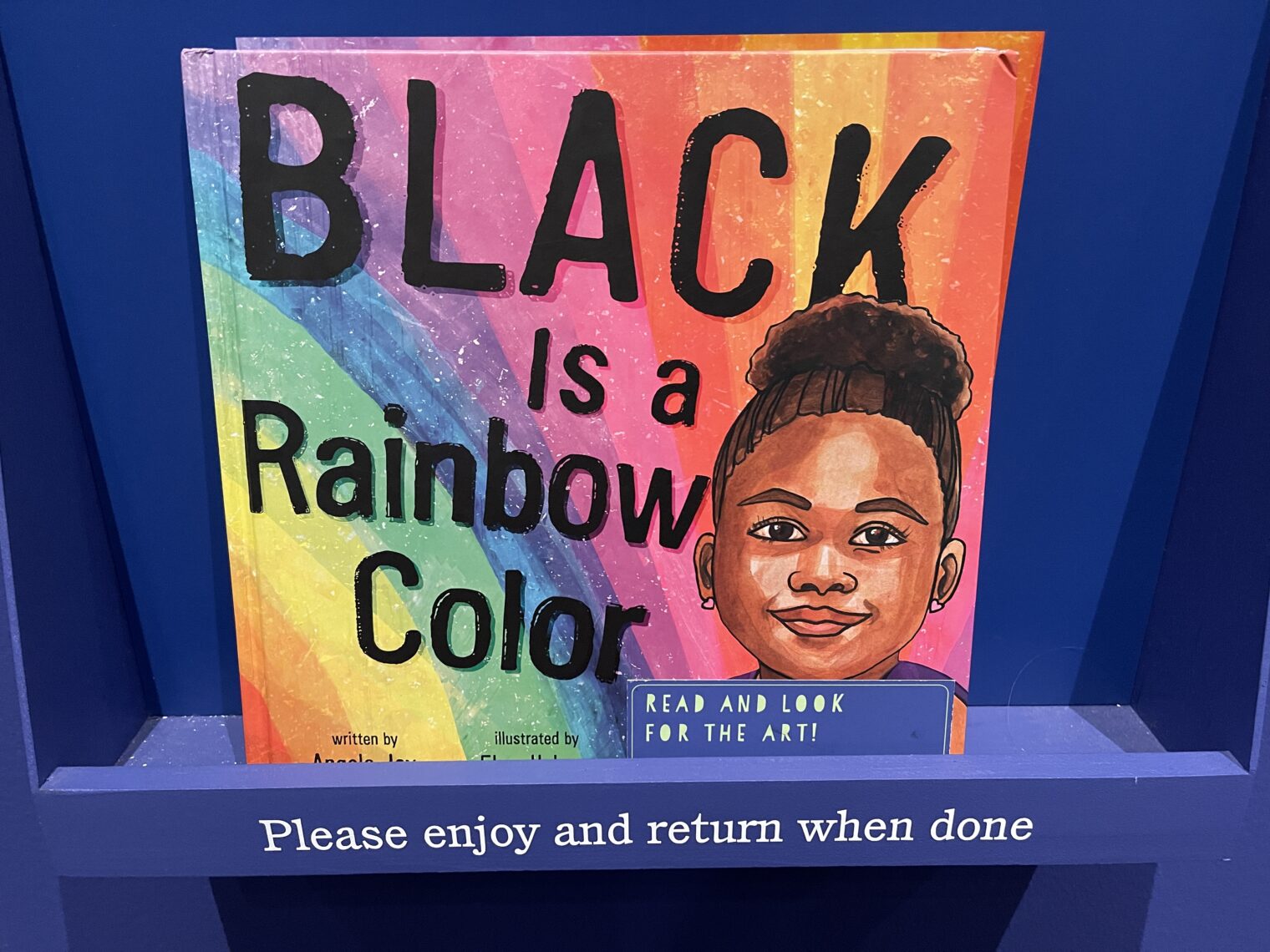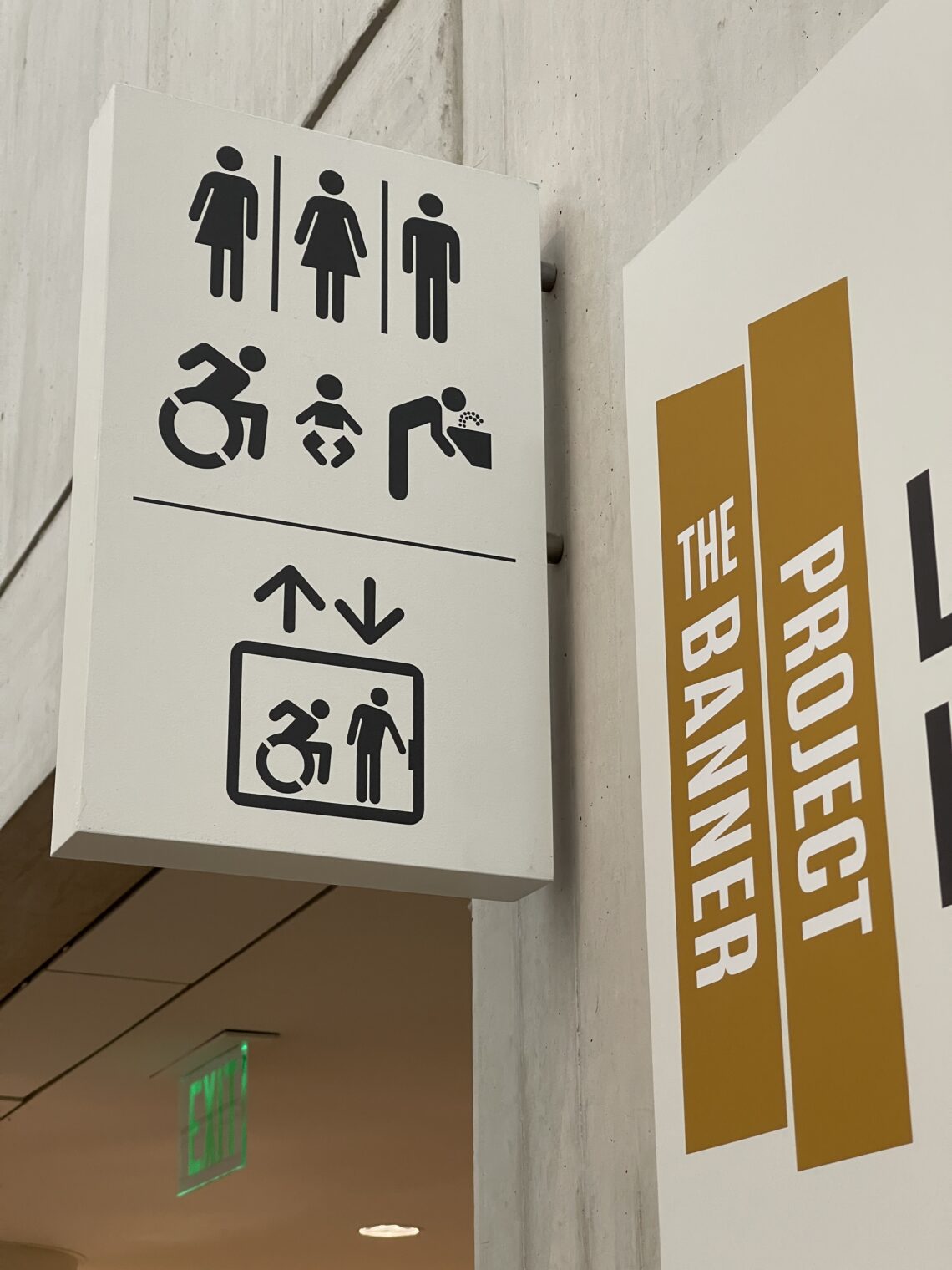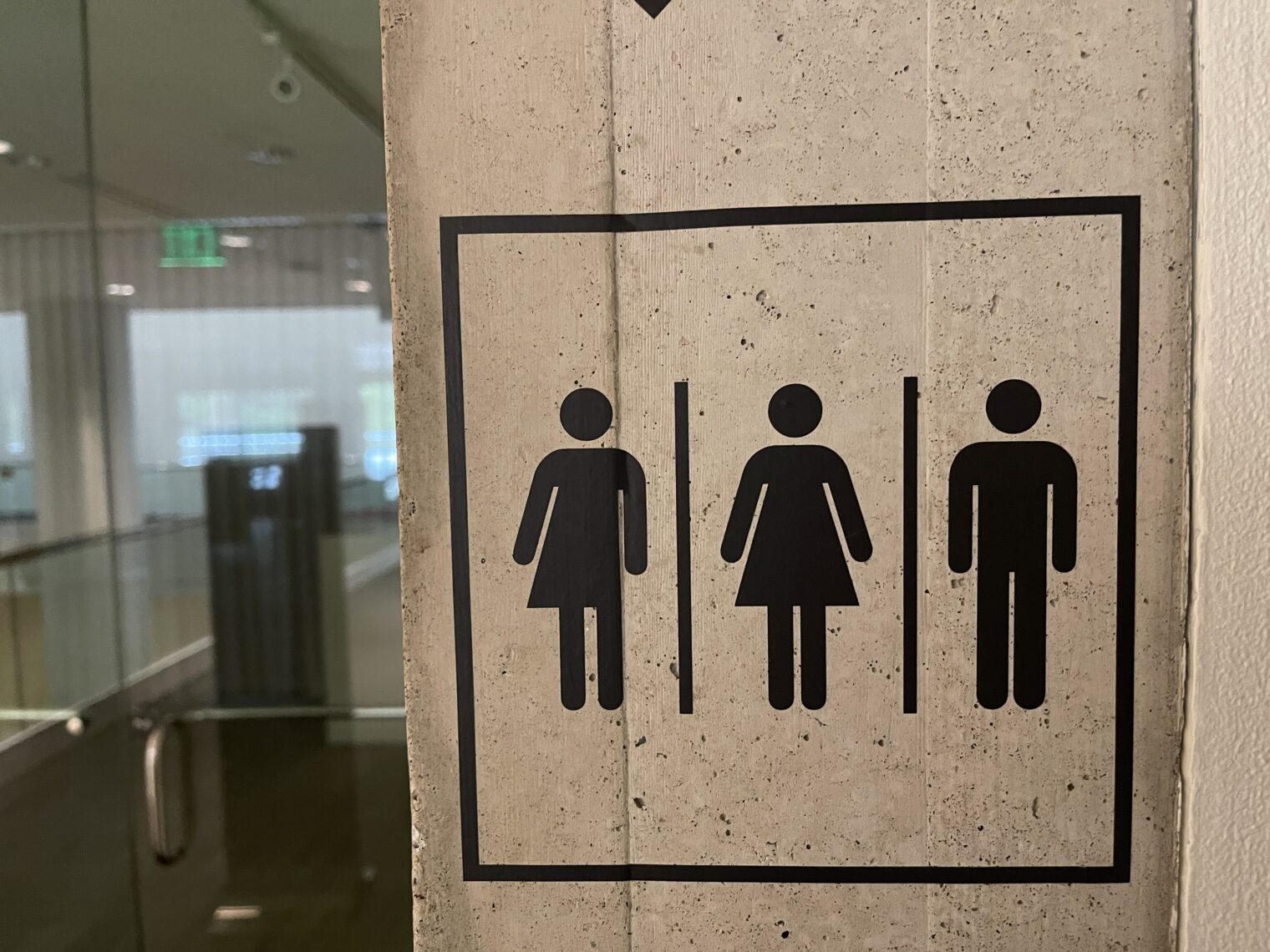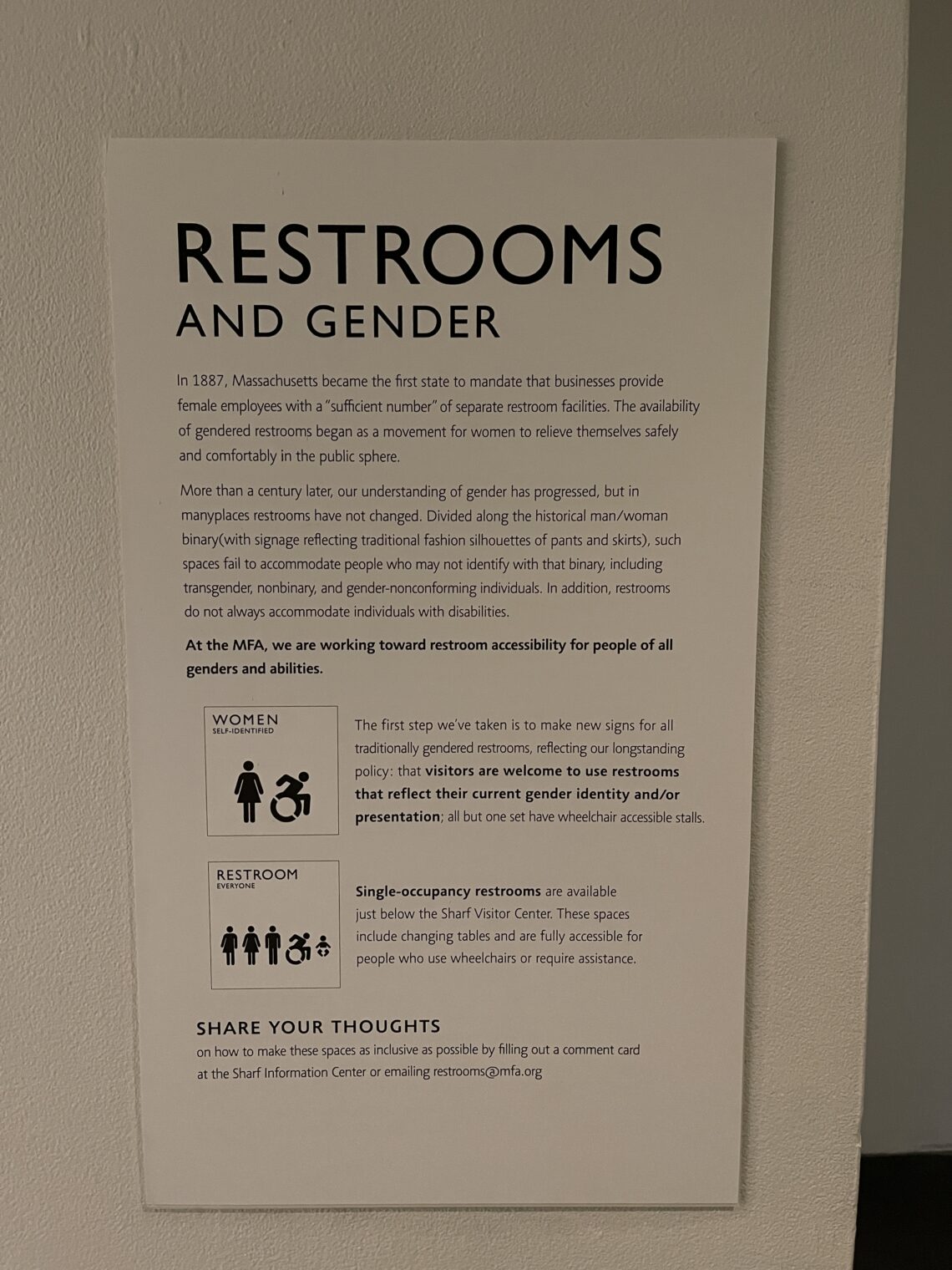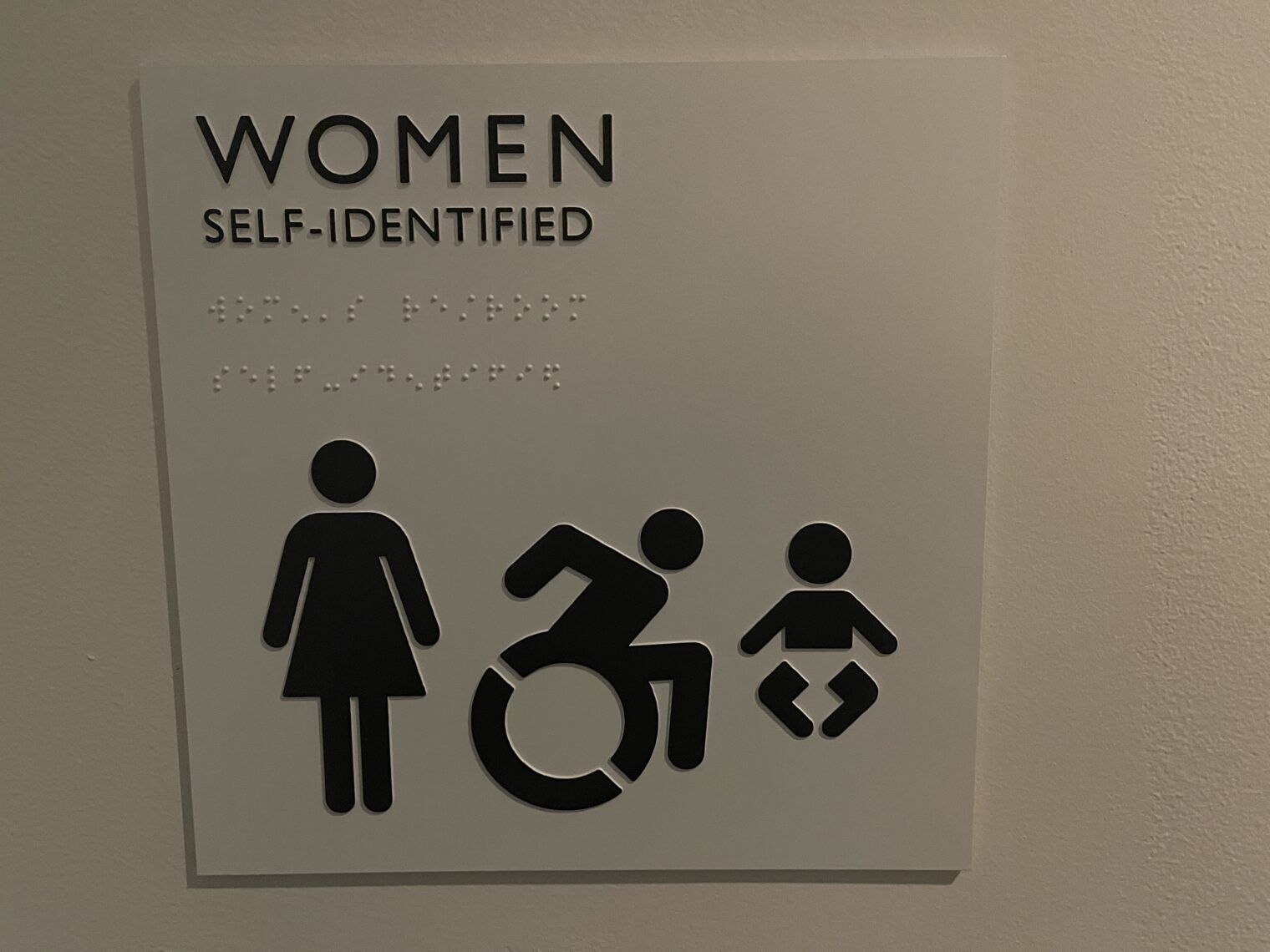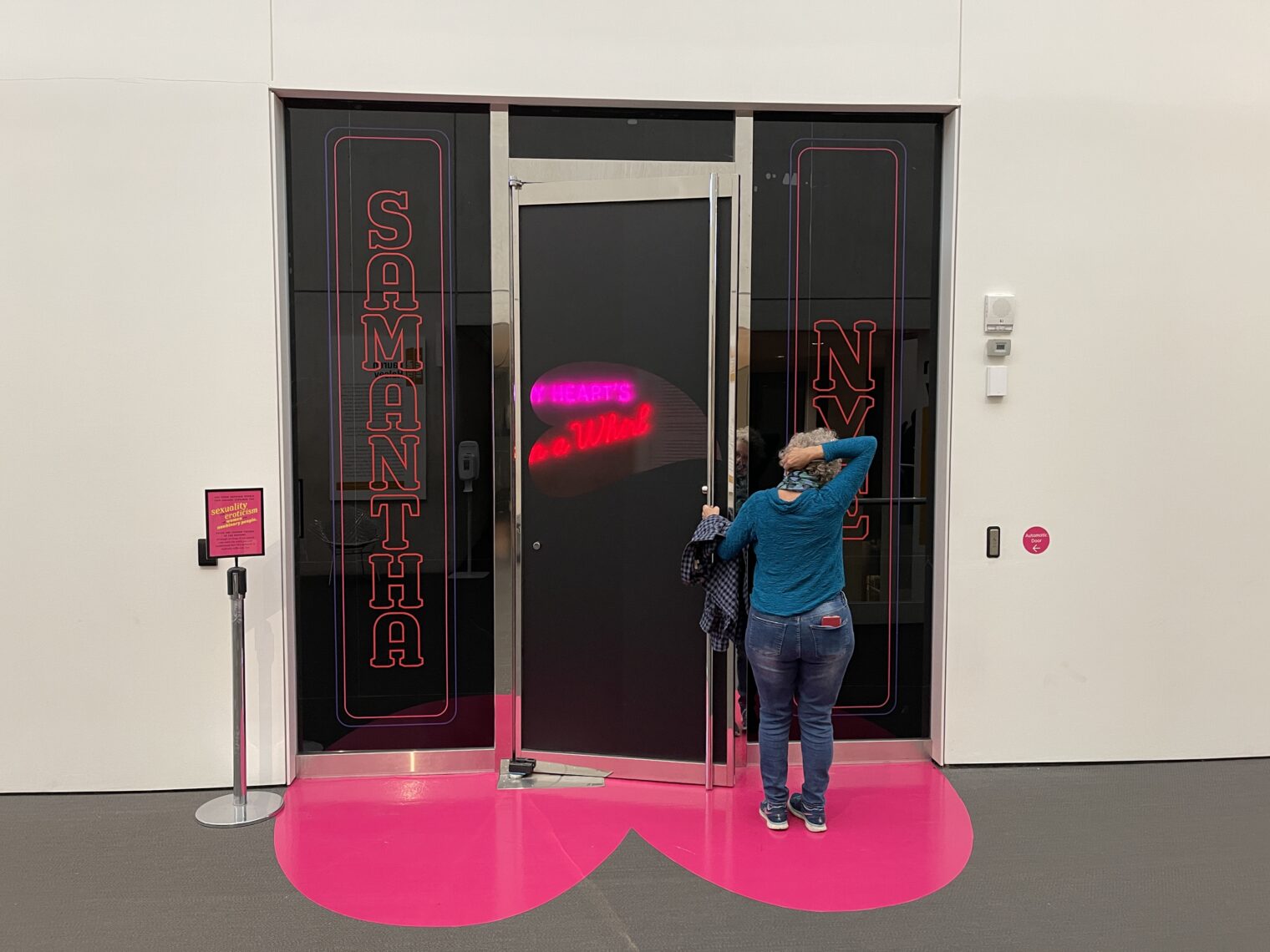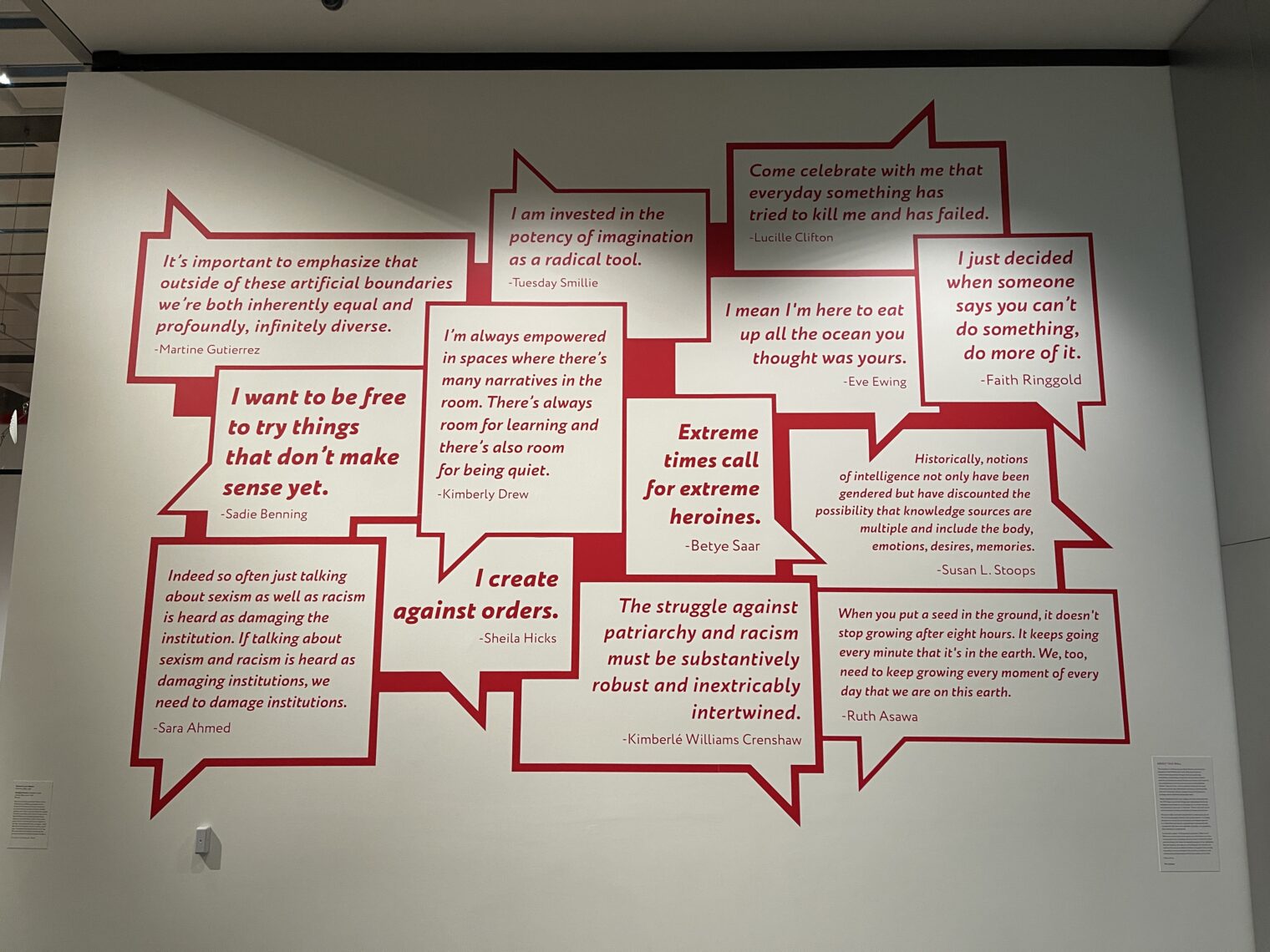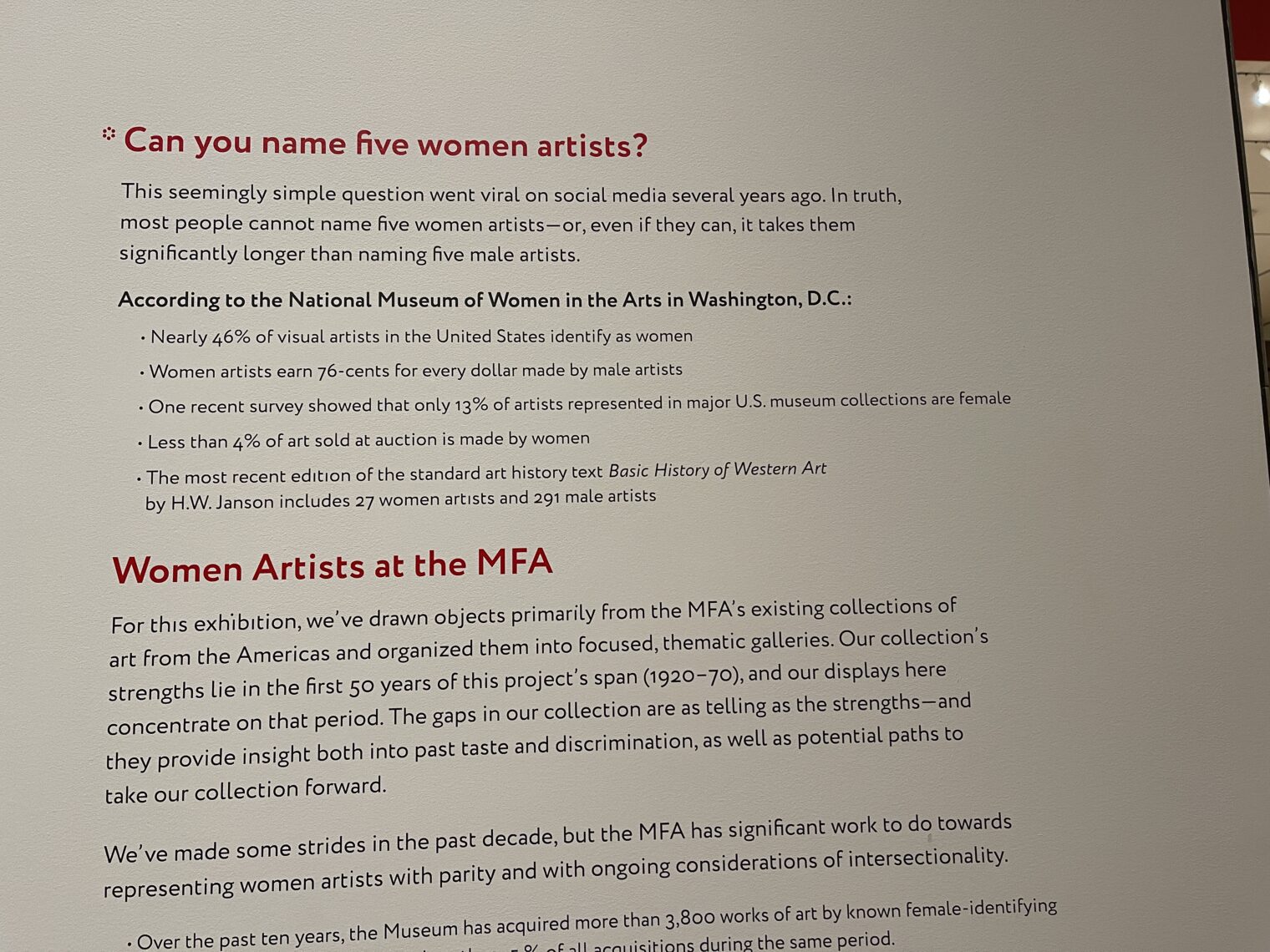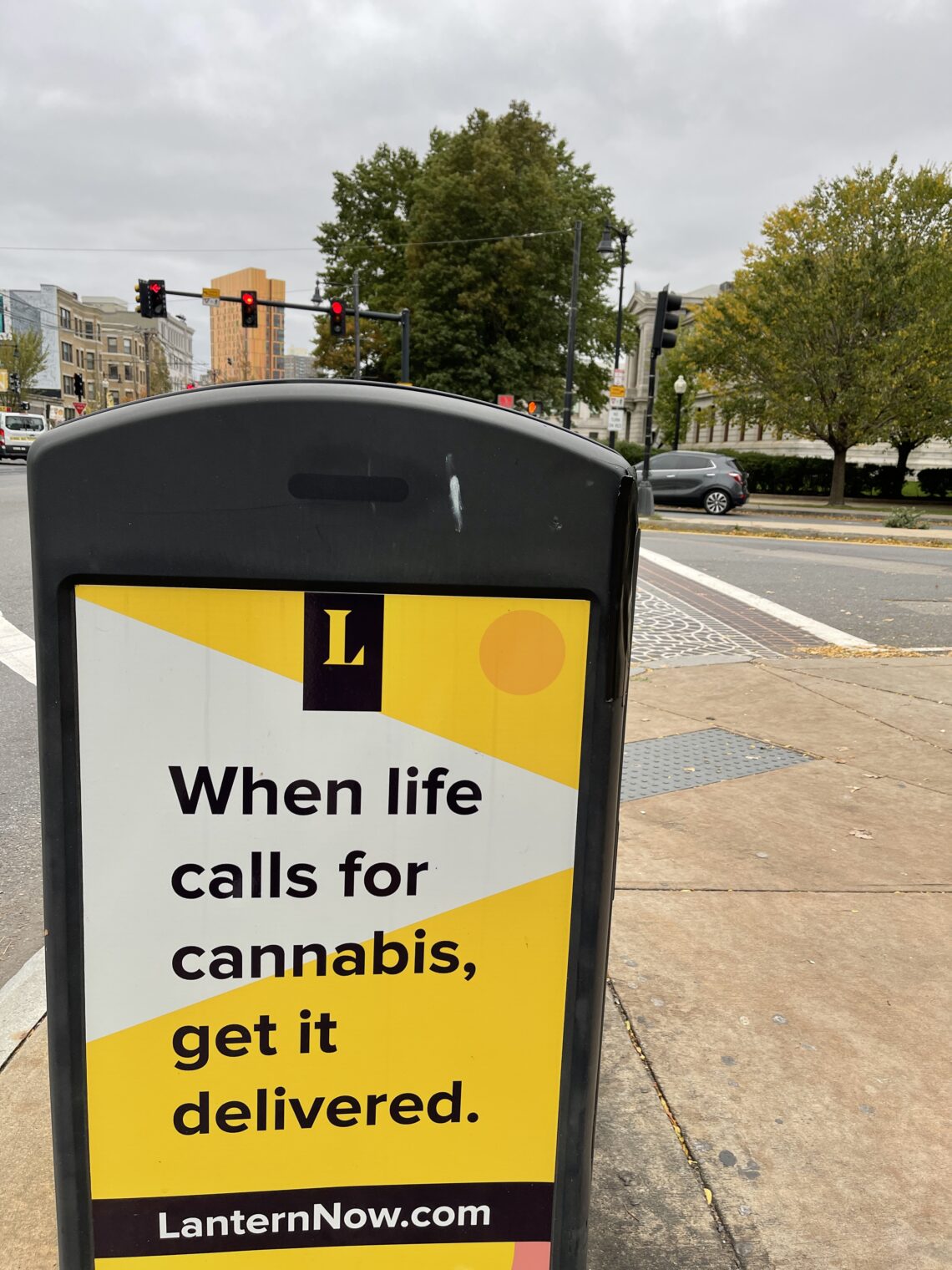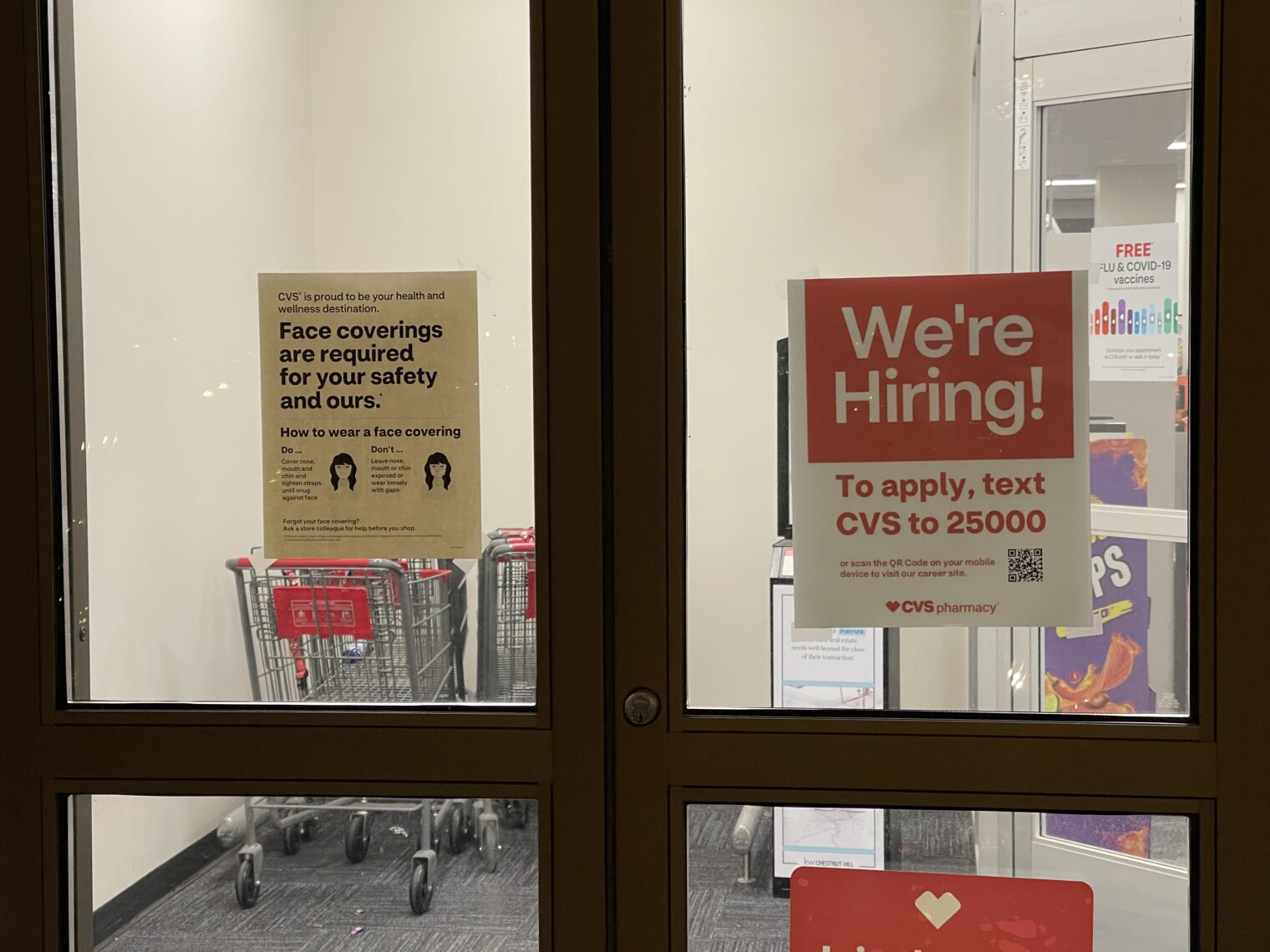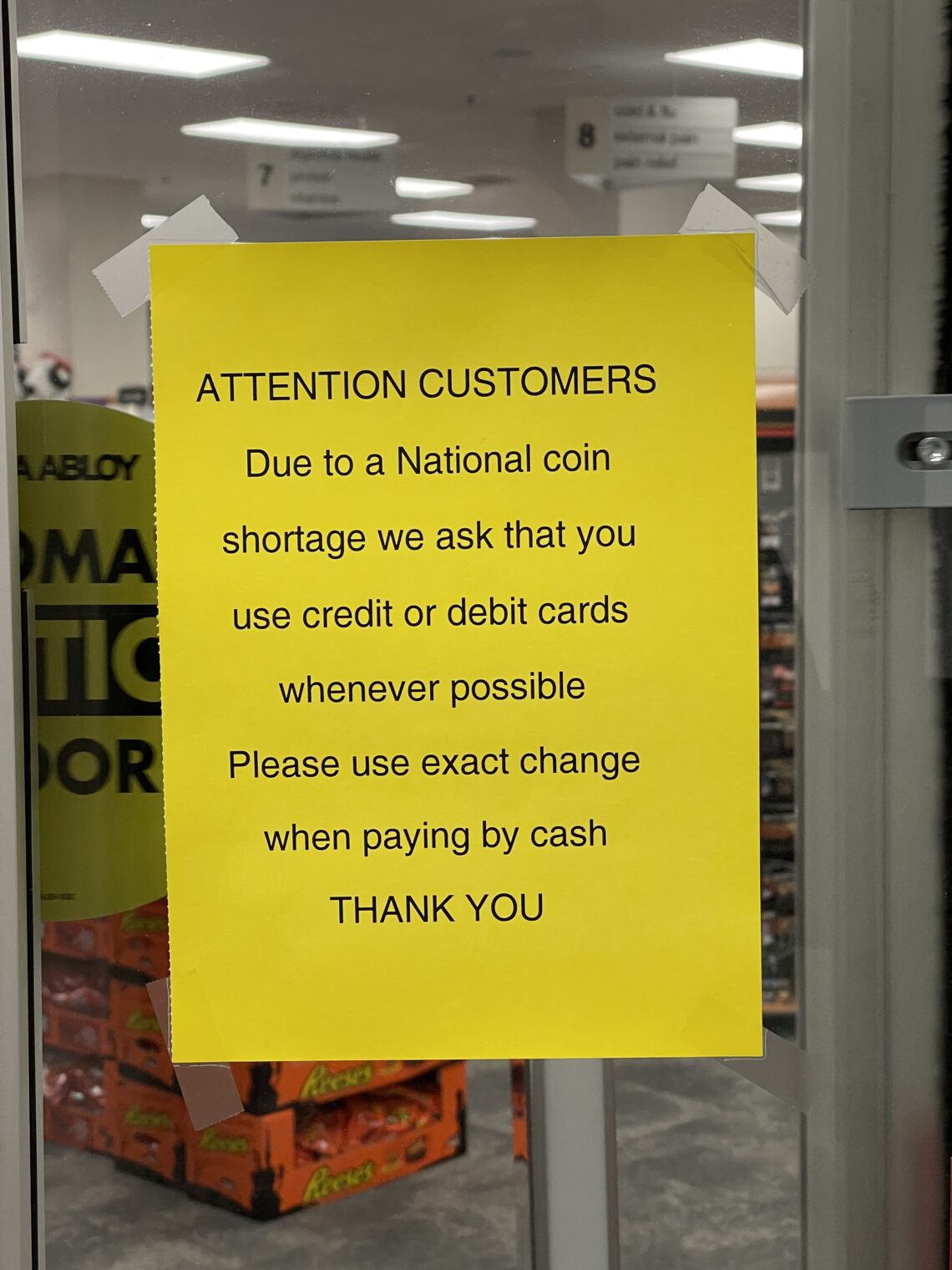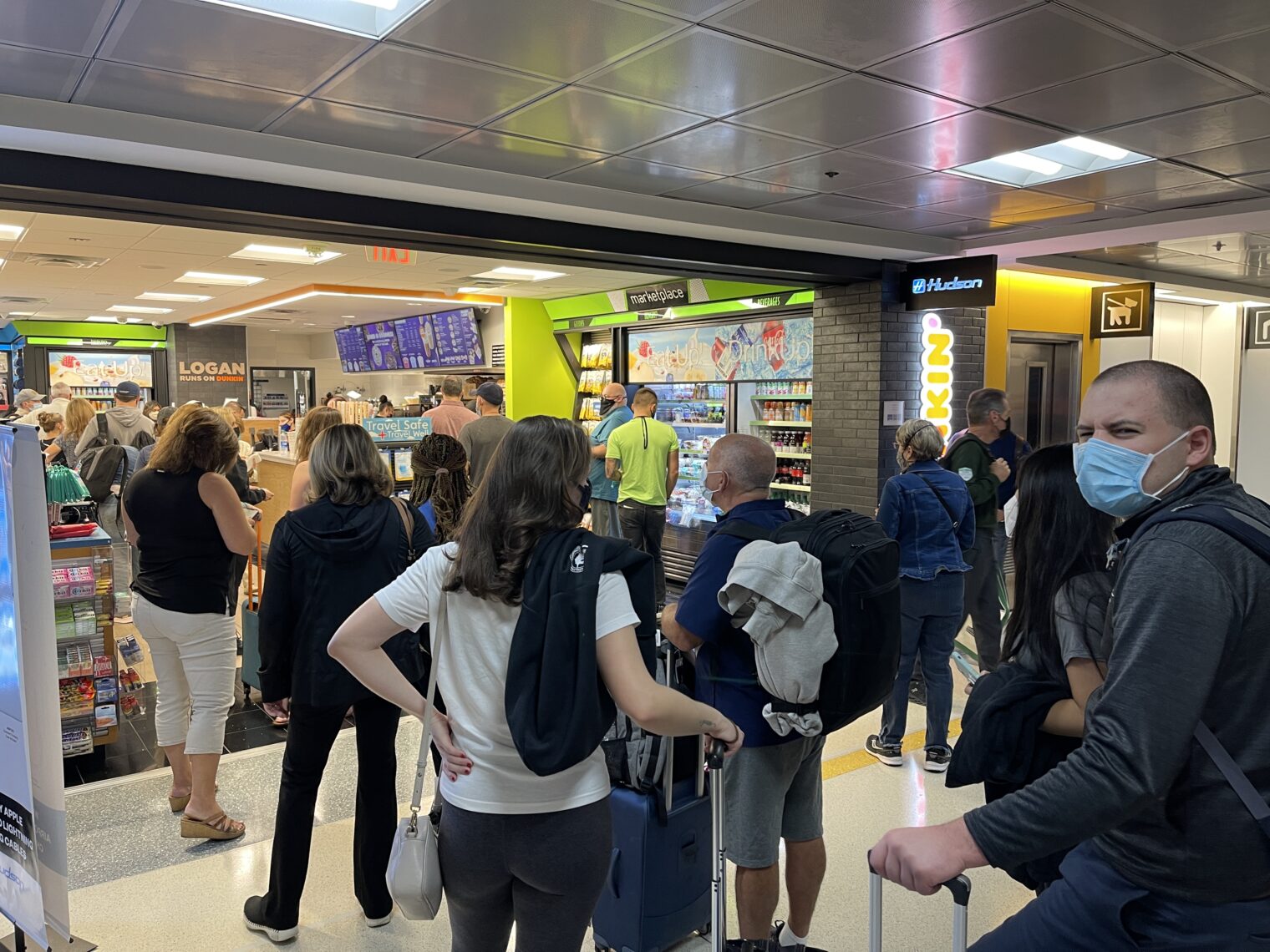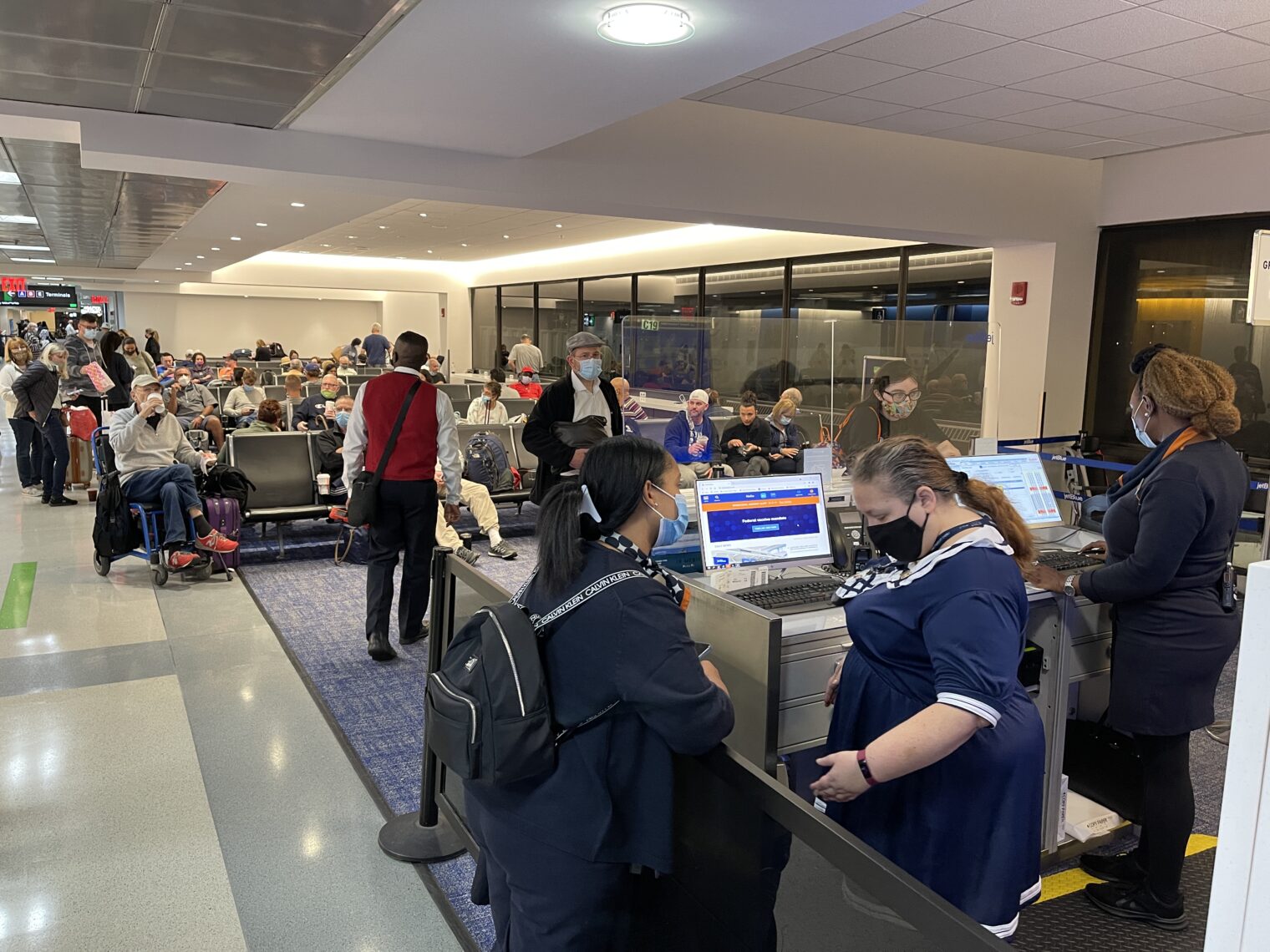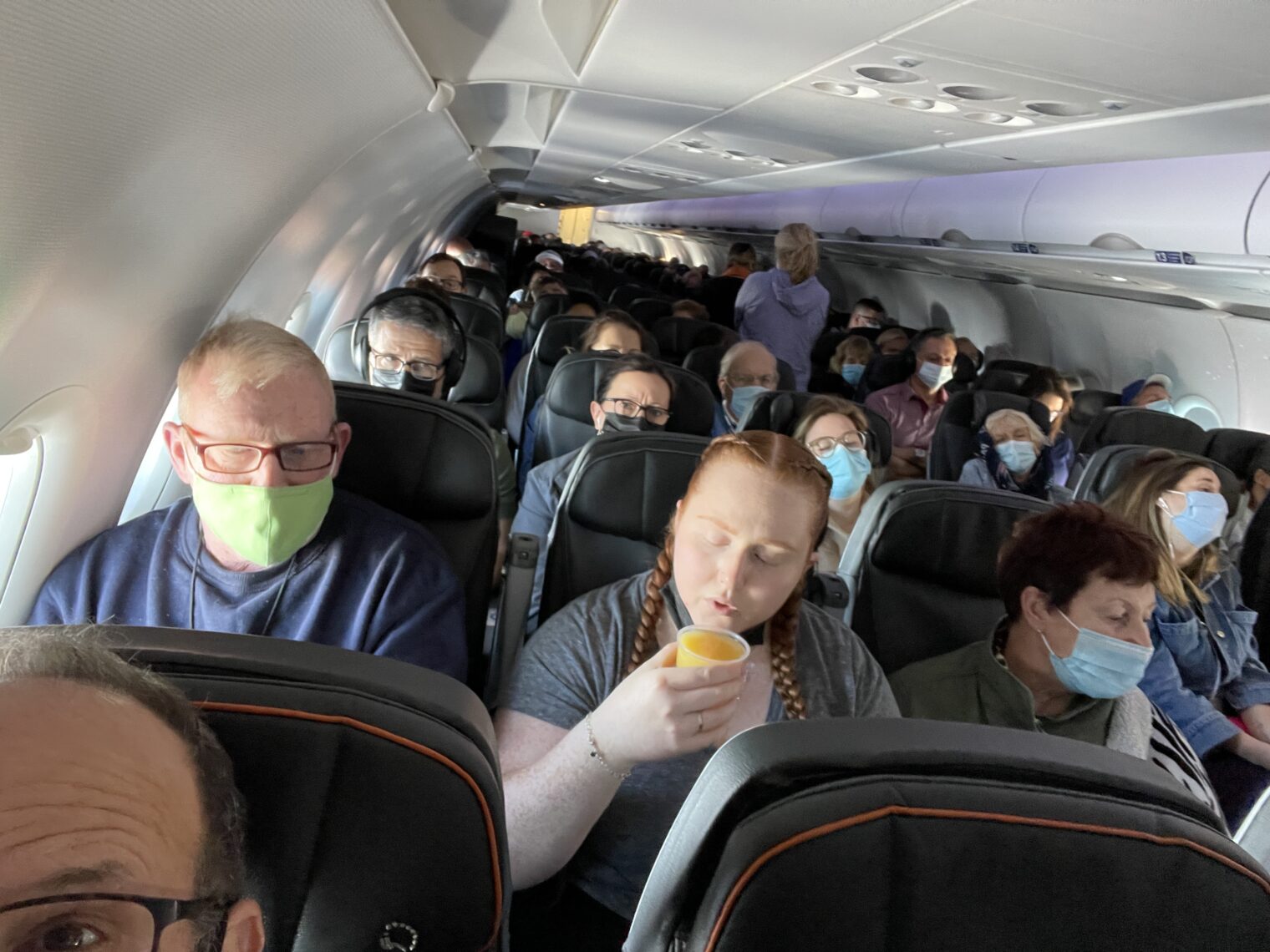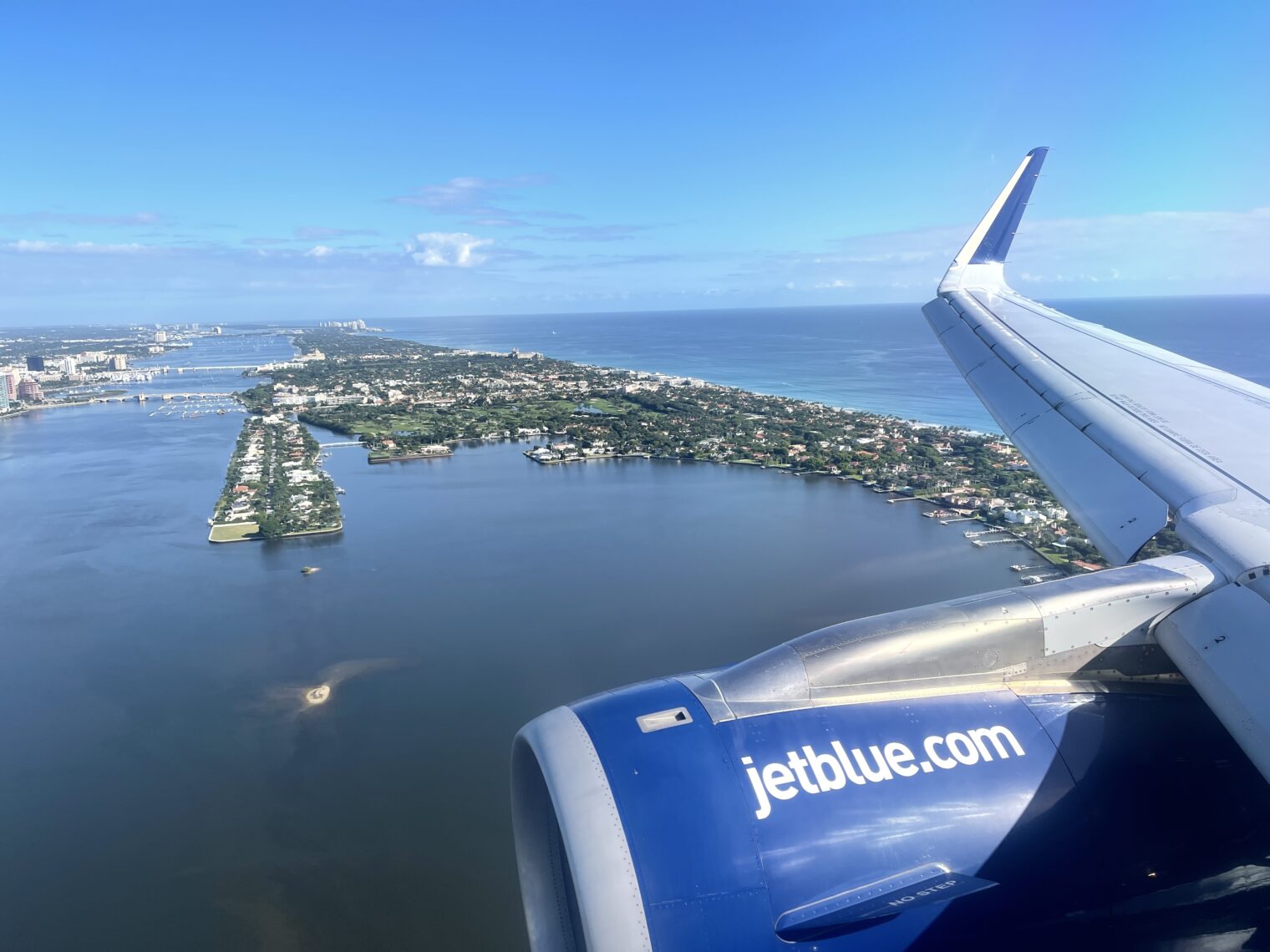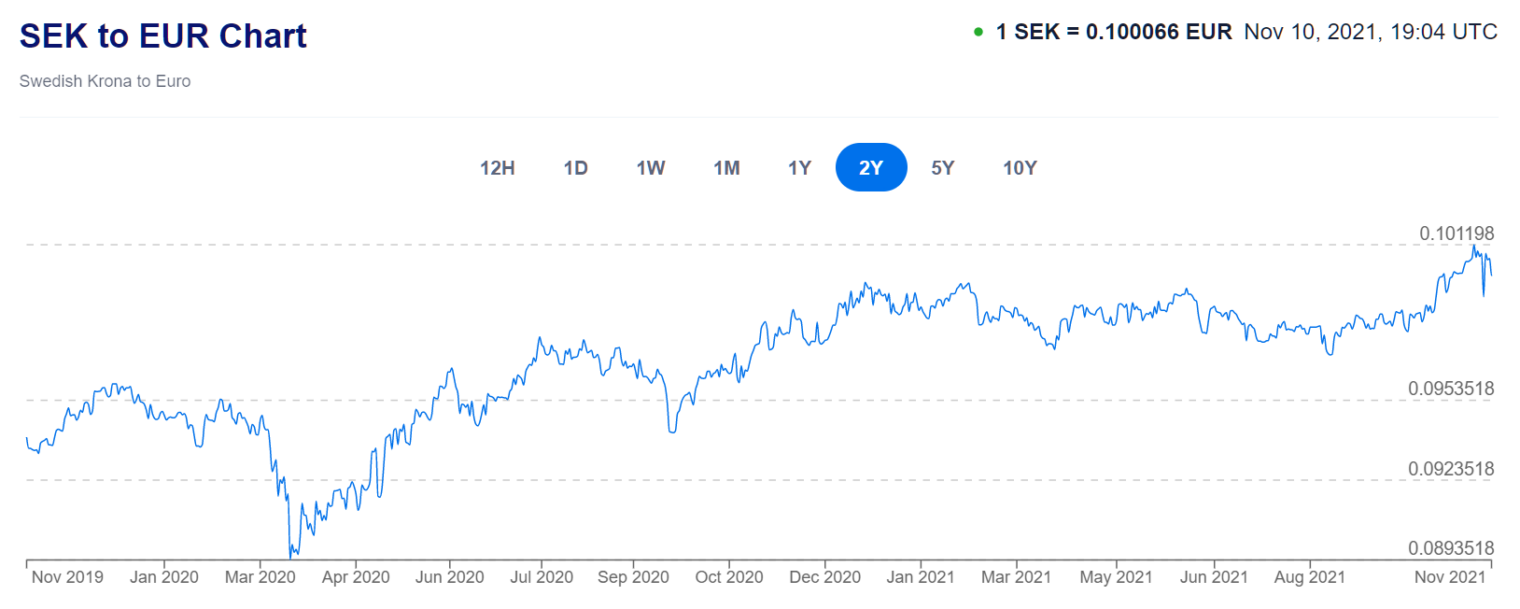Brexit fallout: Royal Dutch Shell moves its headquarters to London
We were informed that Brexit (January 31, 2020) would cause multinationals to move their headquarters to the EU. This week we learn, however, “Royal Dutch Shell has announced a plan to move its headquarters to the UK as part of proposals to simplify the company’s structure” (BBC):
The oil giant will ask shareholders to vote on shifting its tax residence from the Netherlands to the UK.
Shell’s chief executive, Ben van Beurden, will relocate to the UK.
The company’s chief financial officer, Jessica Uhl, will also move, alongside seven other senior employees.
Business and Energy Secretary Kwasi Kwarteng welcomed Shell’s announcement, tweeting that it was “a clear vote of confidence in the British economy”.
The Dutch government, however, said it was “unpleasantly surprised” by Shell’s proposal.
Stef Blok, economic affairs and climate minister, said: “We are in a dialogue with the management of Shell over the consequences of this plan for jobs, crucial investment decisions and sustainability.”
Shell has been incorporated in the UK and had a Dutch tax residence – as well as the dual share structure – since 2005.
The changes also mean the company will drop “Royal Dutch” from its title and be renamed Shell. This element dates back to 1890 when the Royal Dutch Petroleum Company was formed. That company merged with the UK’s Shell Transport and Trading Company in 1907.
“Carrying the Royal designation has been a source of immense pride and honour for Shell for more than 130 years,” Shell said.
Shares in Shell rose by nearly 2% on Monday morning.
How will the Dutch enjoy their new freedom from sharing a country with the top climate destroyers in the Shell executive suite? “Netherlands imposes lockdown measures as Covid cases hit new high” (Guardian, 11/12/2021):
The Netherlands will become the first western European country to impose a partial lockdown since the summer, introducing strict new measures from Saturday in the face of record numbers of new Covid-19 infections.
Gatherings at home would be limited to a maximum of four guests, all amateur and professional sporting events must be held behind closed doors, and home working was advised except in “absolutely unavoidable” circumstances, Rutte said.
“The virus is everywhere and needs to combated everywhere. I want every Dutch citizen to be asking, can I do more? Can I do better? We had hoped with the vaccines we wouldn’t have to do this, but we see the same situation all across Europe.”
Charlie is everywhere and this is his Tet Offensive. But if we put all of our resources into defense, the war is eminently winnable.
(I asked a Dutch friend about these situations. On the Shell move, in his view, it was as simple as cutting the corporation’s tax bill. Except for in Germany, which refuses to bend the rules for the politically connected, Europe is much like the U.S. in which states compete by offering special deals for the biggest companies and, in this case, Boris Johnson was offering Shell a better deal. On COVID, my friend said that the current outbreak is primarily due to immigrants in the Netherlands who were, in his view, both more likely to be infected with and less likely to be vaccinated against COVID-19. His perspective is confirmed to some extent by “What is the impact of the COVID-19 pandemic on immigrants and their children?” (OECD, October 2020), in which immigrants are roughly twice as likely to show up as a “confirmed case” (meaning they actually accessed the health care system and got a test) compared to the native-born. The government had previously reduced the number of hospital rooms per capita in the Netherlands as a cost-savings measure and if the hospitals now fill up it will discredit the government’s competence. World Bank data show that the number of beds per capita in the Netherlands is down by almost half since 1990, only partly due to population growth via immigration; the U.S. also has a reduced capacity per capita since 1990 (population growth from 250 million to 333 million combined with insufficient wealth to build new hospitals can explain much of this).)
In other European news, it looks like they’re getting closer to the proposal put forward here of rounding up the unvaccinated and placing them in Protection Camps. “Austria to impose Covid lockdown for the unvaccinated age 12 and older” (CNN):
Under the measures announced on Sunday, the unvaccinated are ordered to stay home except for a few limited reasons; the rules will be policed by officers carrying out spot checks on those who are out.
The lockdown plan which was agreed in September called for unvaccinated Austrians to face a stay-at-home order once 30% of intensive-care beds are occupied by Covid-19 patients. Unvaccinated people are already excluded from entertainment venues, restaurants, hairdressers and other parts of public life in Austria.
In neighboring Germany, ministers have ramped up their rhetoric towards those who are not inoculated. Its capital Berlin announced on Wednesday it will ban people who are not vaccinated from indoor dining, bars, gyms, hairdressers and cinemas from next week.
Now wouldn’t it be simpler if everyone had an RFID chip instead of relying on the police to “spot check” folks’ papers?
Returning to the main theme… gasoline was about $3.30 per gallon at the Shell station in Indiantown, Florida (when does that name get changed?) this weekend. And we used that gasoline to go to the Stuart Air Show where we saw the AeroShell Aerobatic Team (Canon R5 body and cheap/light 800/11 lens):
Full post, including comments




